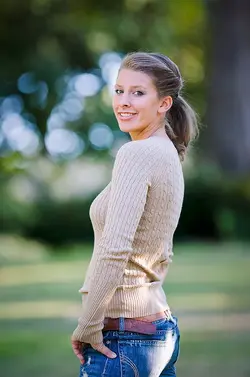There is an interesting thing about background blur, and that is that the larger the aperture in millimeters the higher the level of background blurring. This is why lenses such as the 300 millimeter F / 2.8 gives such a high degree of background blurring at F 2.8 in comparison to say a 50 mm lens even when it is shot wide open at say F / 1.4.
As far as the beauty of the background or out-of-focus areas, the lens design plays a big part. Some lenses have been designed so that out of focus areas are smooth and creamy, but in other lenses out of focus areas may appear to vibrate, or to swirl. BOKEH has about four common definitions nowadays, after about 30 years or so in the American vocabulary of photography. Originally ,it was about the quality of the blur, but it has been bastardized to mean different things.
There is a pretty good article on the web , and it explains the physics underlying background blur, which is not about bokeh, but is something else entirely. The article I am speaking about shows a particularly good example of the same depth of field, but dramatically increased background blur with longer lenses. The article is one in a series extremely well-written technical explanations of various parts of photography written by, I want to say, Bob Atkins. I first read these articles over 10 years ago, and it was about 2 years ago that I took the time to revisit them. He explains some of the most contentious issues in photography in a very convincing and easy to understand manner, which is the exact opposite of what so much of Internet photography forms and websites have devolved into being.
In terms of a lens that can completely blow out the background, as we used to say, the 300 mm f / 2.8 and the 200 mm f / 2 are really good examples. Unfortunately the two lenses I mentioned each weigh 7 pounds or more in most cases, and are pretty darned expensive. Other lenses which can defocus the background quite well but for a lot less money are the 135 mm f/2 models
And Nikon's venerable 180mm F / 2.8. With the right situations a 300 m m f / 4 can do a pretty good job, as may a 70 to 200mm F / 2.8 zoom lens, and even the lowly 135 mm f / 2.8 can blow out the background quite a bit, as can an 85mm f / 1.4 lens, and Nikon has a new 105mm f/1.4 that is really good at defocusing backgrounds when shot at f/1.4 or f/ 2.







![[No title]](/data/xfmg/thumbnail/32/32941-f21147be61c00828a23d6ce011d840eb.jpg?1734162763)


![[No title]](/data/xfmg/thumbnail/32/32944-550374cc056b8618b47594b3cc6e1574.jpg?1734162780)
![[No title]](/data/xfmg/thumbnail/37/37642-b84a3ab0bc05ccd30092514e185e7c01.jpg?1734170765)

